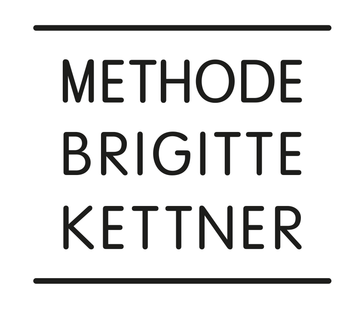Even if you aren’t acne-prone wearing a protective face mask may leave your skin red, irritated, with small bumps, and breakouts. If you are acne-prone, the skin under your mask may be more inflamed than ever. We’ll be wearing masks for the foreseeable future, but there are a few ways you can shift your skincare routine to minimize maskne and mask-related irritation.
Why Your Face Mask Is Irritating Your Skin
Let’s first begin with why your skin is irritated. Although it is imperceivable to the eye, our skin naturally sheds dead skin cells throughout the day. But with a mask on this process is limited, especially if your mask is in constant contact with your skin. Instead of shedding, dead skin cells remain on your face, clogging your pores and increasing the likelihood of breakouts. Combine that with heat and moisture caused by wearing your face mask and you have the perfect breeding ground for bacteria. Bacteria can cause acne, small bumps, and overall inflammation.
How To Shift Your Skincare Routine
Without masks, your skincare routine should include cleansing morning and night followed by a toner, serum, and moisturizer—as well as broad-spectrum UV protection during the day. You should use a gentle exfoliator, deep cleansing device, and nourishing face mask 2 to 3 days per week. All makeup and skincare products should be non-comedogenic. Your face mask skincare routine will be similar, but you must make a few vital changes.
- If your skin is irritated and inflamed you need to switch to a non-granular gentle exfoliator. This will help your skin shed skin cells without further inflammation. Use 2 to 3 days per week.
- To soothe inflammation transition to a calming face cream morning and night, for at least 2 to 3 weeks.
- To minimize acne, switch to at least one skincare product with salicylic acid. Begin with a daily toner that you use after you wash your face each morning and evening. When your skin calms down switch from your calming face cream to an Anti-Blemish Cream to heal, soothe, and minimize bacteria.
- Stop applying makeup on the mask area as makeup can further clog your pores and accelerate bacteria growth.
- If you wear disposable masks, choose a cone-shape mask that minimally touches your skin.
- If you wear reusable masks, choose breathable fabrics such as soft cotton or silk.
- Only wear clean face masks that you wash in a gentle and fragrance-laundry detergent, such as an infant-safe laundry detergent.
- If you must wear a mask for an extended period of time, switch your mask every 3 or 4 hours.
- Swap masks when your face begins to sweat and spray a water-based mist such as natural rose water on your face between masks.
- Apply a natural lip balm to your lips throughout the day so that they don’t get dry.
- Masks with ear straps can cause ear burn so choose masks with head straps, which you can secure with a bobby pin or barrette if they are too loose.
If your skin is severely inflamed or the tips above don’t work you may need to schedule an appointment with a dermatologist for temporary treatment. Once your skin calms down, you should be able to transition to the tips above.
